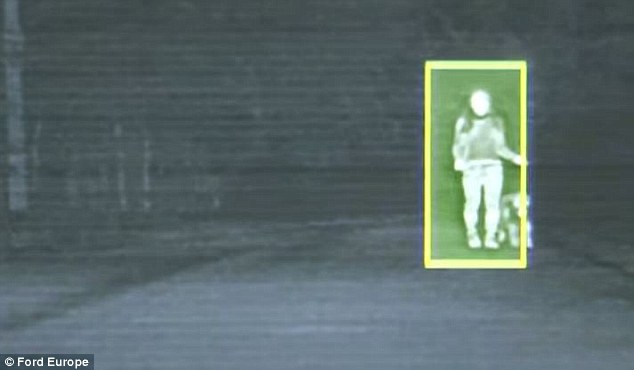ScienceRocks
Democrat all the way!
- Thread starter
- Banned
- #801
BBC unveils 'Micro Bit' - a pocket-sized computer to be given to every 11-12 year old in the UK for free
The BBC has revealed the final design of the Micro Bit, a pocket-sized computer set to be given to about one million UK-based children in October.
The device - which features a programmable array of red LED lights - includes two buttons and a built-in motion sensor that were not included in a prototype shown off in March.
But another change means the product no longer has a slot for a thin battery.
That may compromise its appeal as a wearable device.
An add-on power pack, fitted with AA batteries, will be needed to use it as a standalone product.
The BBC's director general Tony Hall said the device should help tackle the fact children were leaving school knowing how to use computers but not how to program them.
"We all know there's a critical and growing digital skills gap in this country and that's why it's so important that we come together and do something about it," he said at a launch event in London.








